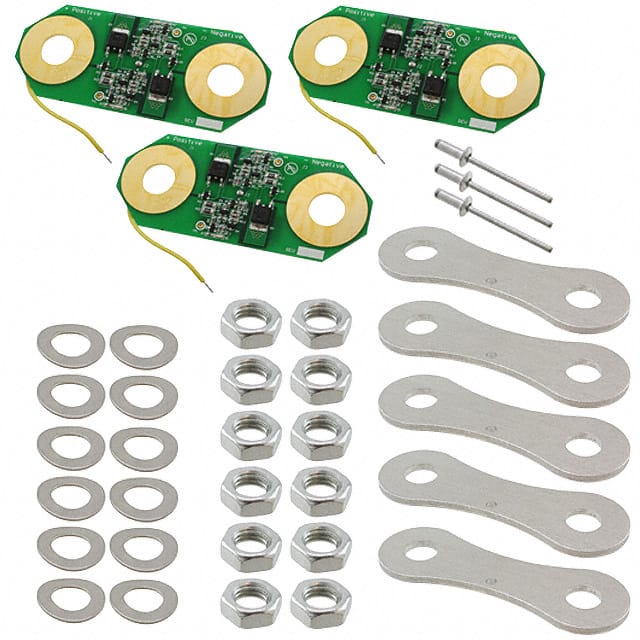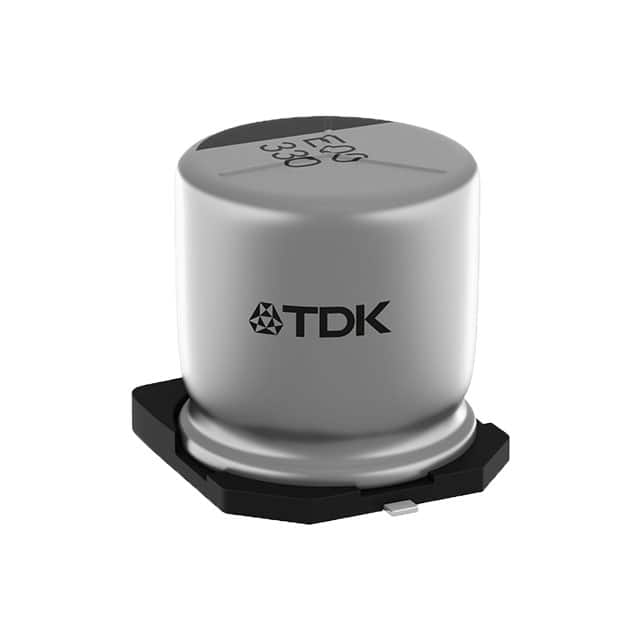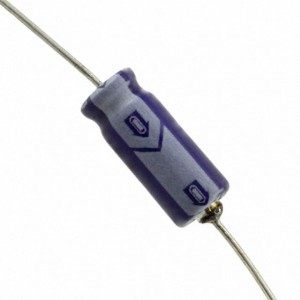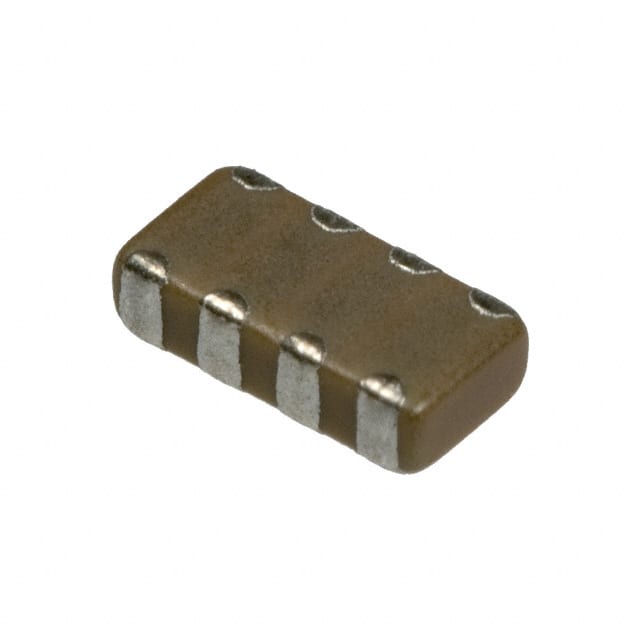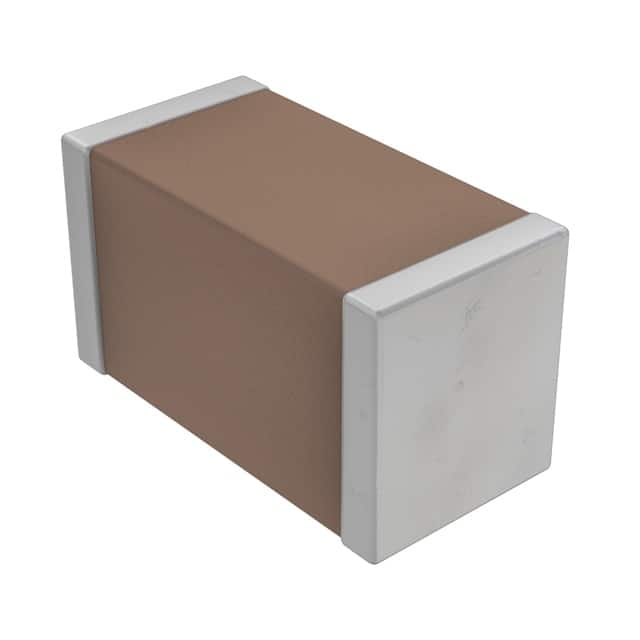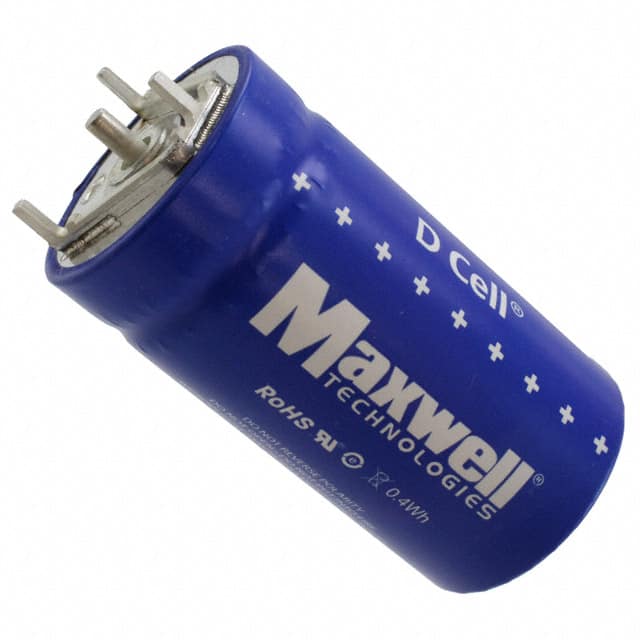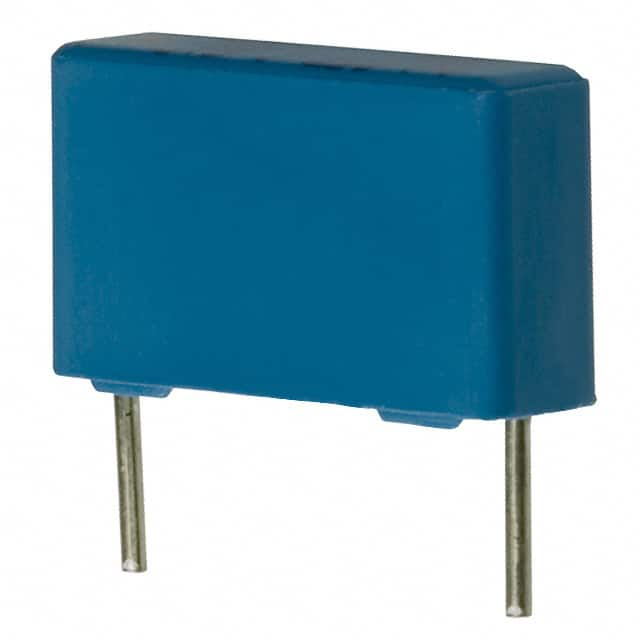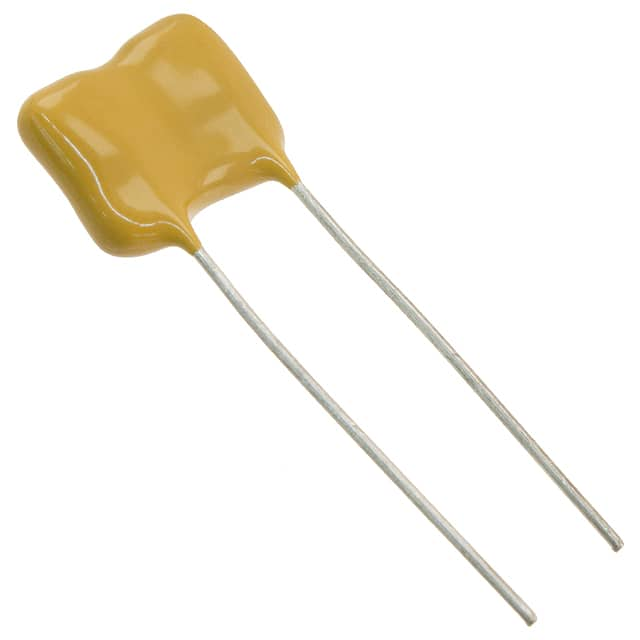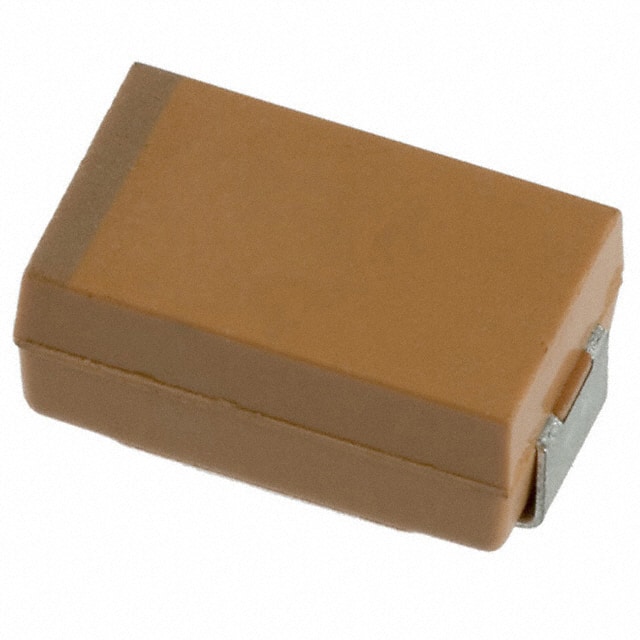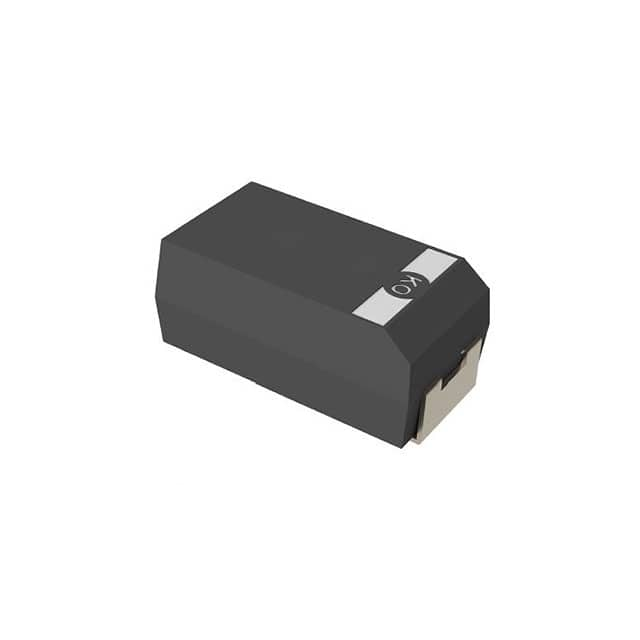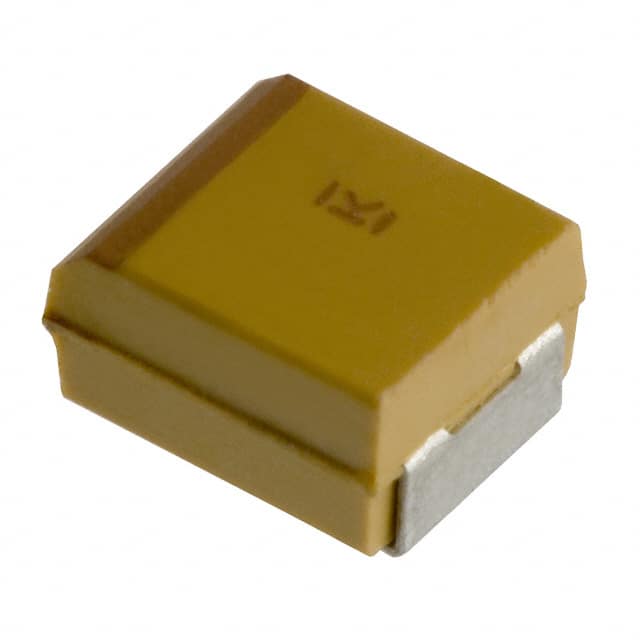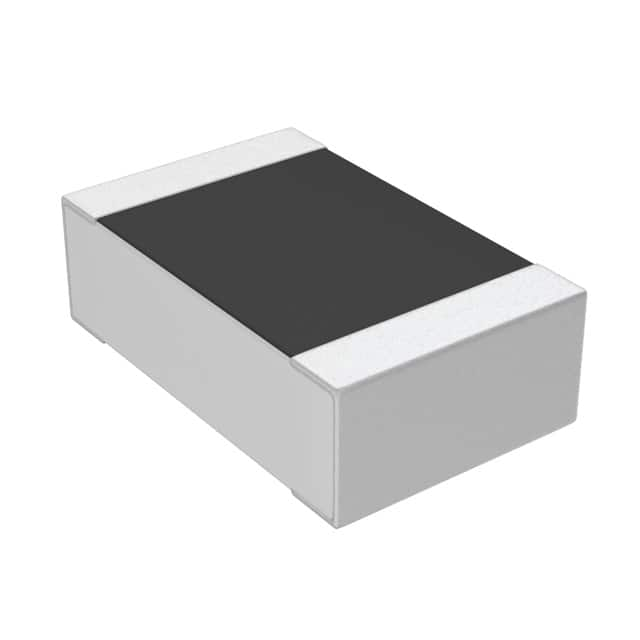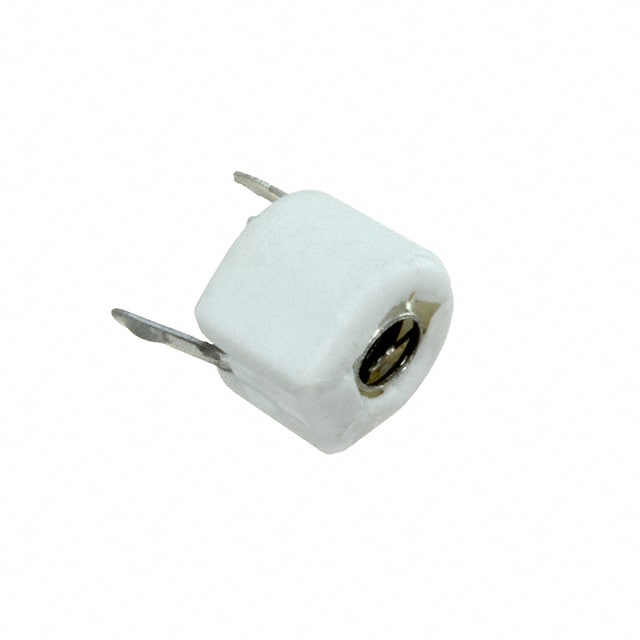Capacitor definition
A capacitor is a device used to store potential electrical energy, consisting of two conductors that are close together and insulated from each other. Capacitors hold positive and negative energy on two separate plates separated by an insulator. Capacitors are simply called capacitors. A simple example of such a storage device is a parallel plate capacitor.
An integrated capacitor is the base-collector junction of a transistor that functions as a capacitor without the need for an emitter diffusion. An emitter-base junction can also be used, or in the emitter diffusion process, the N+ region can be diffused into one of the P isolation regions.
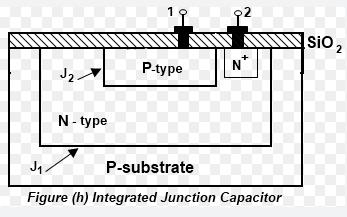
What are capacitors made of?
Capacitors are electronic components made of an insulating material sandwiched between two metal sheets. These metal sheets can store electric charge like a container that stores electricity.
Capacitors work like devices that store electricity, and when needed, they release the stored charge and are used in a variety of electronic devices. Different types of capacitors are used in different applications based on their construction and materials.
The important role and principle of capacitors in electronic circuits
Capacitors are key components in electronic equipment. They are widely used in electronic circuits, power circuits, and power supply units.
Capacitors are generally regarded as one of the three passive components in electronic circuits. Together with resistors and inductors, they form the basic building blocks of circuits. A capacitor is a device used to store electrical energy, consisting of two conductors that are in close proximity and insulated from each other.
A typical example of such a memory device is a parallel plate capacitor. The main function of a capacitor is to store charge, which can be released when needed to achieve the functions of various electronic circuits.
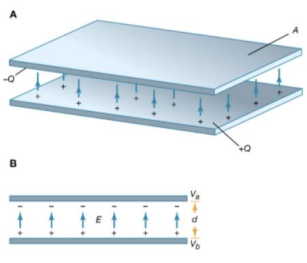
Capacitor type
Electrolytic Capacitor: The most common type of capacitor with high capacitance values, often used in filtering and coupling applications. They are divided into aluminum electrolytic capacitors and tantalum electrolytic capacitors, the former has a larger capacity and the latter is smaller but has higher performance.
Ceramic Capacitors: Known for their small size and low cost, ceramic capacitors are suitable for high frequency applications. They are divided into multilayer ceramic capacitors and single layer ceramic capacitors.
Thin film capacitors: Use thin films as the insulating material and can be used in high-precision applications. They include metalized polyester, polypropylene, and polyimide capacitors.
Solid capacitor: Utilizes solid electrolyte instead of liquid electrolyte, has higher operating temperature and life, and is usually used in high temperature applications.
Variable voltage capacitors: These capacitors have adjustable capacitance values and are commonly used in tuned circuits and radio frequency applications.
Supercapacitors: Supercapacitors have extremely high capacitance values and fast charge and discharge capabilities and are used in energy storage and transient power applications.
Capacitor advantages and disadvantages
Advantage:
Fast response: Capacitors can charge and discharge quickly, making them useful in applications that require rapid energy storage and release, such as flashlights, transient power supplies, etc.
Long life: Capacitors generally have a long life, especially solid electrolytic capacitors and ceramic capacitors, which can withstand thousands of charge and discharge cycles
High frequency applications: Ceramic capacitors are suitable for high frequency applications because they can charge and discharge quickly and are used in radio frequency circuits and communication equipment
Small size: Capacitors are often relatively small and suitable for applications where space is limited, such as mobile devices and circuit boards
No polarity: Capacitors have no positive and negative poles and can be connected with any polarity in the circuit, which is more convenient during design and installation.
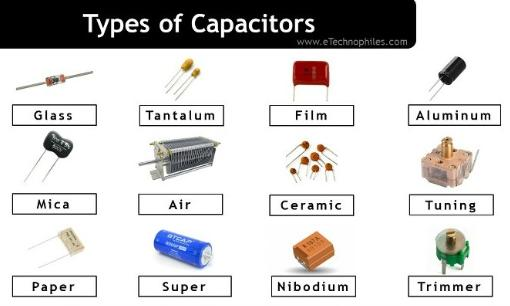
Shortcoming:
Limited capacitance value: The capacitance value of the capacitor is relatively limited and is not suitable for applications that require large-capacity energy storage, such as batteries.
Voltage Limit: Capacitors have voltage limits, exceeding this voltage limit may cause capacitor breakdown or failure
Temperature Sensitive: Capacitor performance is affected by temperature and extreme temperatures may cause performance degradation
Leakage current: Capacitors have leakage current and they will gradually discharge even without an external power source, which may not be suitable for some applications
Accuracy Limitations: Some capacitor types, especially ceramic capacitors, may have lower accuracy and are not suitable for circuits requiring high accuracy
Which capacitor is relatively better?
Class 1 ceramic capacitors typically offer high stability and low losses and are suitable for applications where capacitor performance is critical, such as oscillators, filters, and high-precision audio applications. They maintain high tolerances and accuracy over different voltage and temperature conditions.
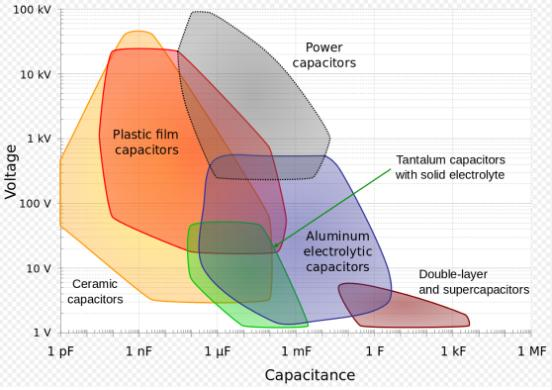
What type of capacitor is most commonly used?
Multilayer chip capacitors (MLCC) and ceramic disk capacitors are common types widely used in modern electronics.
MLCCs are surface mount technology (SMT), they have a small footprint and typically have capacitance values between 1 nF and 1 μF, but larger capacitance options up to 100 μF are also available. This makes them important components in electronic circuits.
How many volts can a capacitor handle?
Maximum Voltage – Every capacitor has a maximum voltage it can handle. Otherwise, it will explode! You will find maximum voltages ranging from 1.5V to 100V. Equivalent Series Resistance (ESR) – Like any other physical material, the terminals on a capacitor have a very small resistance.
Why you shouldn’t touch capacitors
Live capacitors can be very dangerous, so it is important to avoid contact with the terminals at all times. Never touch the capacitor anywhere, especially the sides of your body. If you touch these two posts, or accidentally connect them to a tool, you may receive severe electrical shock or burns.
How long does a capacitor last if it is not used?
ESR and leakage current increase, while capacitance decreases. However, if these capacitors are stored at room temperature, the change is small. Today's aluminum electrolytic capacitors have a longer shelf life than their predecessors, typically around 2 years.
What are resistor color codes
The 1000 Ω resistors have a four-band color code that follows the color sequence of brown, black, red, and gold. A 1000 Ω resistor has a multiplication factor of 100 (red) and a tolerance level of ±5% (gold)
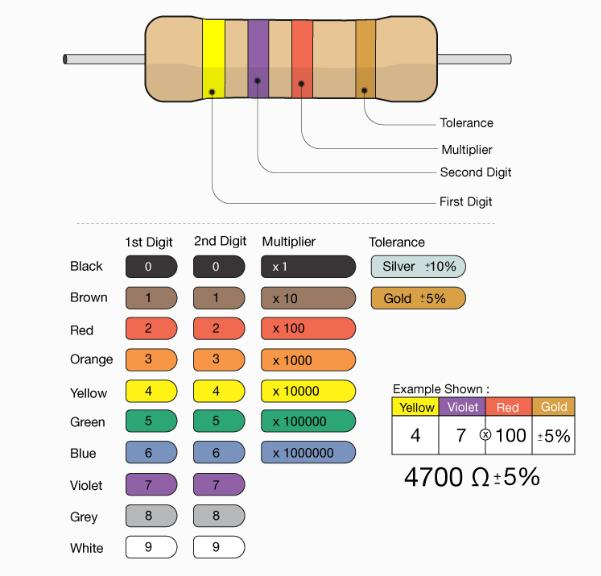

 My Cart
My Cart
